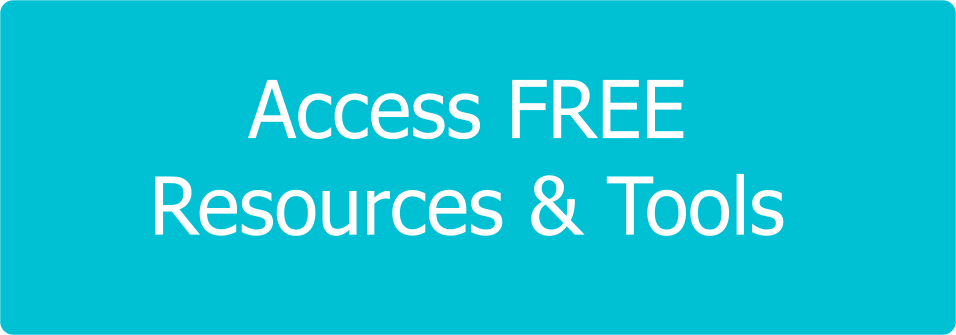How to Develop and Design an SEO-Ready Website
Search engine optimization or SEO refers to the process of improving a website to enhance its presence on search engines, such as Google. One of the main benefits you can enjoy in implementing SEO techniques is visibility.
When done properly, SEO techniques will allow your website to become more visible in organic search results. So, if a user enters a keyword you are trying to rank for in a search engine, you will have more chances of appearing on top of the SERP and getting more traffic to your website.
However, SEO does not work alone. Your SEO efforts would not work no matter how great they are if you do not have a launched and working website. To ensure that your SEO strategy does not go to waste, you have to invest in exceptional web design as well.
What is Web Design?
Web design is the aspect that dictates the general look and feel when you are visiting or browsing through a website. This term is also used to refer to the process of producing and maintaining websites.
The person in charge of a website’s appearance and layout is called a website designer. They are professionals trained in at least one of the subfields of website design:
- Web graphic design
- User interface design
- User experience design
- Authoring
- Search engine optimization
Sometimes, a web designer may have more than one of the skills listed above. Some can even create content for websites.
How to Do More With Your Website Design
Commonly, companies and business owners design their websites to help their target audience in learning about their brand and what they offer. However, you will have more chances of ranking in SERPs and gaining visibility if you also design your website with search engines in mind.
To boost your SEO efforts, your website design should be seen by search engines as more relevant compared to your competitors. This does not mean that you need to have extraordinary designs on your website to catch your audience’s attention. You also do not need to add unnecessary functionalities just to make your website more advanced.
You only need the right amount of web design efforts for search engines to deem your website more relevant. Your website just needs to highlight and bring focus to the positive components of your business so that your audience and search engines can find them easier.
How to Incorporate SEO in Web Design
Usually, companies develop and design their websites completely before working with an SEO company. This might make sense to someone who does not really understand how SEO and web design can work together. However, this technique does not work as well as you would think.
This is because once you launch a website before working with an SEO firm, you will be left with an unoptimized site that does not have any relevance to your industry. However, search engines do not know that your site is not yet ready and will start to crawl and index it. They will then have an initial score of your unoptimized site’s relevance, which might not be that great.
To prevent this from happening, you should develop your website with SEO techniques in mind right from the start. Here are some tips you should consider when you build and design a website.
Do Not Forget About the Basics
Before you start thinking about how your website design will look like, you should first consider where it will be set. Remember to include the following in your website design process.
Domain
This refers to the address of your website on the internet, which is usually formatted as website.com. Your domain should be relevant to what you are offering.
If, for example, you are running a blog that is called SEO Tips and Techniques. It makes sense for you to create a website with the domain SEOtipsandtechniques.com or something similar. You can even add a country code top-level domain suffix, such as .uk, .ca, or .au, to tell your audience where you are located.
Your website domain may also have variations and subdomains. To help your users see the same website no matter which variation they enter on their browsers, make sure that each one 301 redirects back to your main URL.
Hosting
Users will only be able to access your website when it is published by a hosting provider on one of their servers. When choosing a web hosting provider, you need to consider some factors:
-
- Hosting type
- Security
- Bandwidth allowance
- Available storage
- Uptime
- Loading speed
These factors will all affect the user experience of your website, which will then have an impact on your SEO performance.
Content Management System
CMS is a software that can help you in easily creating, managing, and modifying content on your website. When choosing a CMS for your website, make sure to take your industry into account. Doing so will help you find a software that works best for your type of business.
Crawlability and Indexability
Once you have set up the fundamentals of your website, you should think about how search engines will crawl and index it.
Your website’s crawlability determines if a search engine can crawl through its content. Websites that do not have any crawlability problems allow search engines to access their content easily and jump from page to page through links.
On the other hand, indexability refers to a search engine’s capability to inspect a page and add it to its index. This process does not automatically happen. If a search engine can crawl your website, it does not mean that it will index it right away, especially if your site has indexability issues.
To make sure that search engines, like Google, can completely index the content of your website, follow these tips.
Use the Noindex Meta Tag Properly
Noindex is a tag used in a website’s robots.txt file to tell search engines not to index a specific page. This meta tag is typically used in web pages that contain sensitive information meant for internal staff only or those that are under construction.
You should not use this tag on pages that you want your target audience to see. If you are having indexability issues in one or a few of your web pages, make sure to inspect your robots.txt file. You might have added a noindex tag in there.
Avoid Hidden Content
Some websites have content hidden behind tabs or accordion-type menus. Although this might seem visually pleasing and might help your site to load quicker, using this kind of content format may affect your site’s indexability.
There are times when search engines will have trouble indexing content that is hidden in accordions. To prevent this from occurring, you should opt to keep your entire content out in the open.
Help Search Engines Understand Your Image and Video Content
Search engines are not yet advanced enough to view and understand the photos and videos on your website. This means that the bots that crawl and index your website may need a little bit of help to determine what the images and videos on your webpage are about.
To help search engines understand the photos on your website, provide each one with a short description or an alt text. You can also give the photos on your website short but descriptive file names.
On the other hand, you should provide complete transcripts of every video on your website. This will allow Google and other search engines to understand the subject matter of the videos on your website.
Mobile-Friendliness
One of the most important things to consider when designing a website is how it will perform when viewed on devices with smaller screen sizes. This is because not everybody uses a desktop to browse the internet. Some people might use their laptops, tablets, and mobile phones, which have smaller screens than personal computers.
When designing a responsive website, it’s important to consider the website dimensions and how they affect the layout and usability of your website. With the increasing use of mobile devices, it’s essential to design websites that are responsive and can adapt to different screen sizes and resolutions.
Because of this transition, search engines began using mobile versions of websites to review and rank each one. This event pushed web designers to shift to a mobile-first design when creating a website.
This type of web design refers to the practice of starting to develop and design a website for mobile before moving on to devices with larger screens. As web designers moved to larger screens, they also started to add more functions and features that can be handled by more advanced browsers (such as those installed in computers).
Since search engines look at a website’s mobile version first, having a mobile-friendly website will provide you with various benefits. It will allow Google and other search engines to crawl and index your page while also providing your target audience with a great user experience.
These are just some of the helpful tips you can do to set up and design an SEO-ready website. Once you have applied the techniques listed above, you will have a decent-looking website that is ready to launch. You only need a few visually pleasing design elements to make your website match your brand identity.
After the initial website building process, you can start implementing your SEO strategy. In time, you will get the traffic that you want and earn enough revenue to keep your business going.
Author Bio
Marc Bartolome is a strategist and enabler of hundreds of successful digital marketing campaigns. Always looking out for the little guys, he specializes in helping SMEs create a bigger impact online – which is why he writes blog posts like this.









